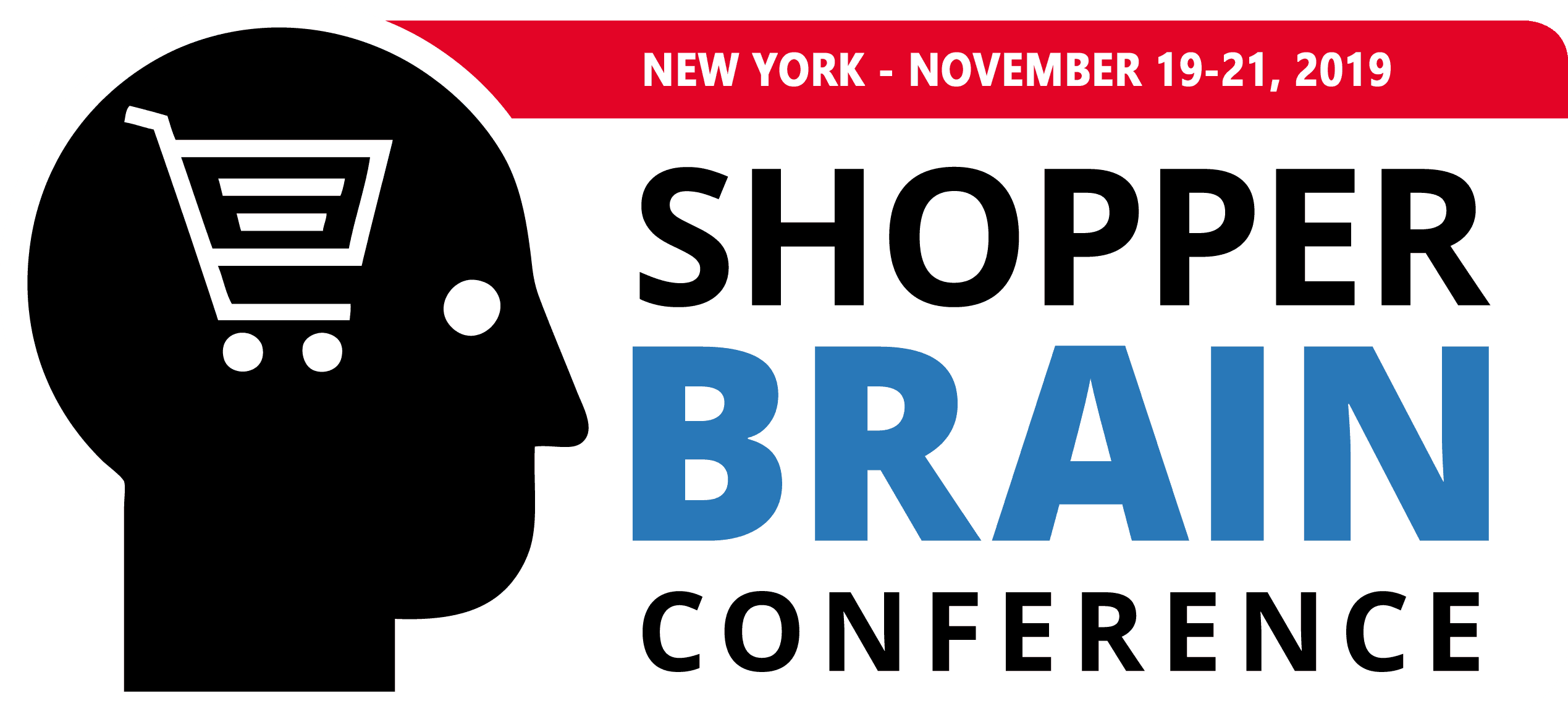
The Shopper Brain Conference
Chief Strategic Officer, Sherwood MacVeigh attended the 2019 Shopper Brain Conference in NYC.
Your brain has only one job: to create action in your body.
Survival traits store memories to motivate the behaviors that you prefer. The Shopper Brain Conference teaches on new neuro-research as well as subconscious techniques to better understand and engage these motivators.
Getting the full brain insight by studying both System I vs System II thinking.
Einstein referred to System I as “the sacred gift” and System II as “our faithful servant” because, in essence, that’s how these two systems serve us every day. System I is characterized as unaware and associative in nature. System II is characterized as aware and controlled.
Both impact behavior independently and need to be studied to get that “full brain” insight.
Engaging our System II thinking to overcome our shopping anxieties.

Empathizing with the shopper’s frame of mind today is extremely important. Knowing what features produce desired emotions could be extremely valuable, especially with the rise of anxiety and fear in consumers. Devora Rogers, from Alter Agents, shared data that in 2019, on average, consumers pulled 11 sources prior to purchasing a product, as compared to 5 sources in 2008.
Consumers are trying to engage our System II thinking to make sure we’re not just making an emotional decision. No one wants to look “dumb.” It’s no wonder people are feeling decision fatigue; not only are there more choices, but there are also more sources than ever to reference prior to making a confident buying decision.
Once-loyal consumers are looking for new features and benefits that fill both their rational and emotional sides of the brain.

The number one thing you can do for consumers today: inform them.
This is the new #1. Convenience fell to the wayside, as 1-hour shipping and drone deliveries filled that void.
Getting system i + II to work together is the magic.
So while you want your brand to be a no-brainer choice, many purchases today are not purely based on System I (unaware, associative) beliefs. If you’ve fallen in love with a BMW and are considering buying it, you might be led further down the path to purchase with information about resale value. This data can serve as a permission slip to buy the car you had your heart set on. You’ll find success in the combination of the emotional with more rational information.
